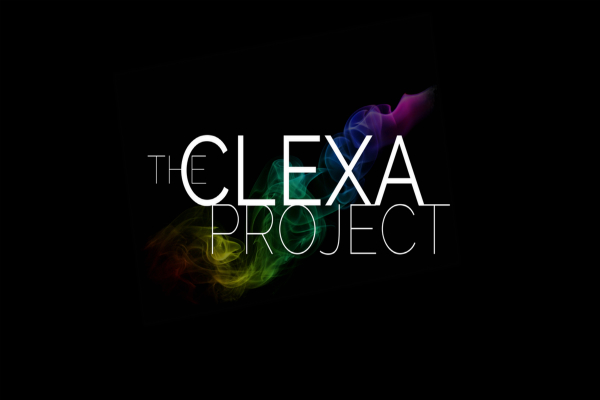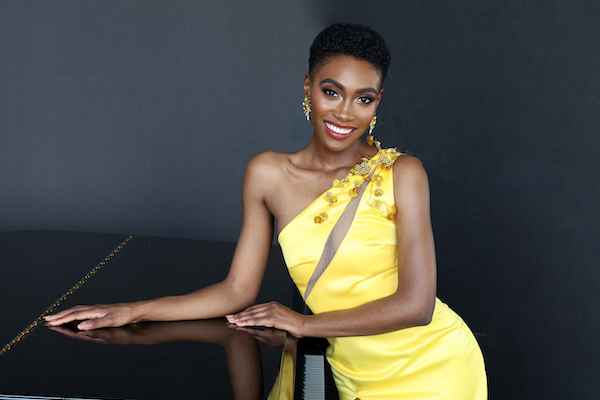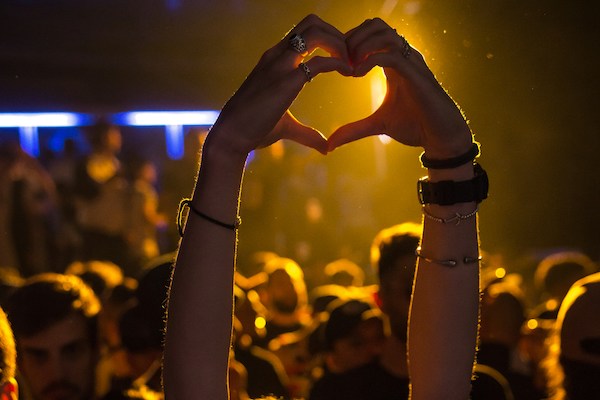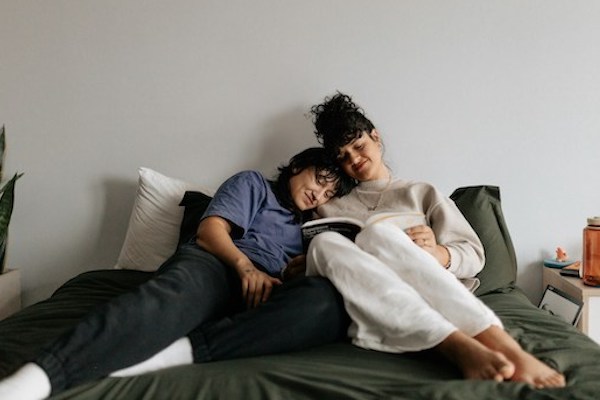
Honey Groove: A Little Bounce Never Hurt Nobody
September 1, 2017
Photos: Tagg’s 5-Year Anniversary Celebration
September 5, 2017We know how it goes. Each time, we hope for something different but are met with disappointment again and again. We watch their development with eagerness, hoping that these beautiful queer characters will find loving and fulfilling TV or movie relationships. Then our hopes are dashed as the only characters representing the LGBTQ community are killed or denied happiness.
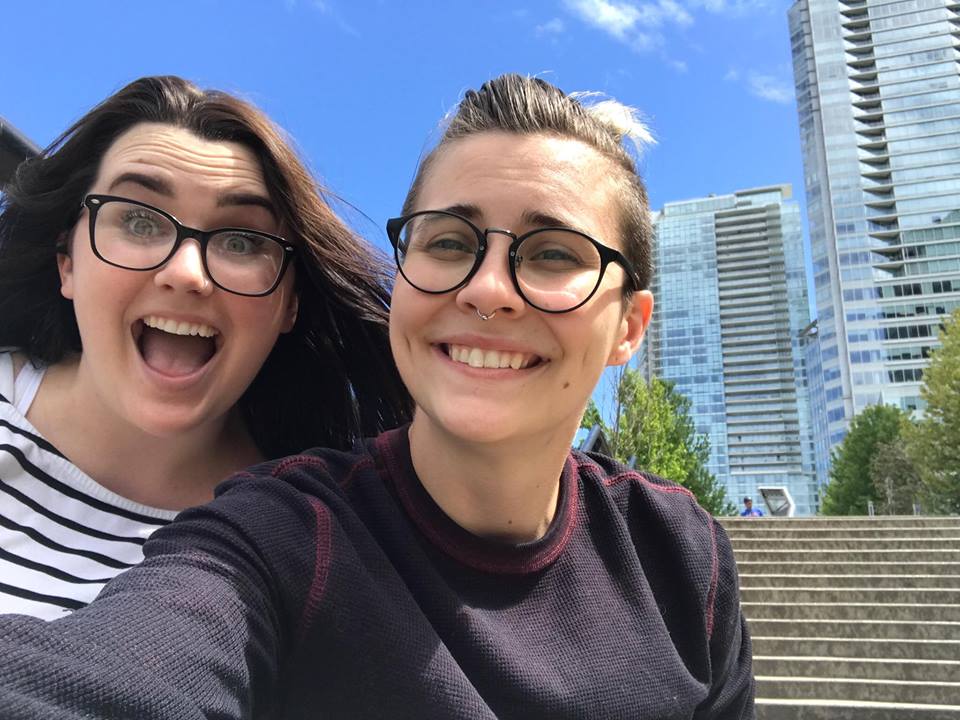
Margot van der Bie and Rachel Ward
Rachel Ward and Margot van der Bie experienced this in March 2016, when The 100 character Lexa was killed moments after her love scene with Clarke. Instead of suffering in silence, Ward and van der Bie chose to create “a documentary that explores the positive queer representation movement that has followed the many unprecedented deaths of fictional, queer women characters, we are demanding that our stories and relationships be valued and celebrated in mainstream media,” their Indigogo page says.
Thus, the Clexa Project was born.
We caught up with Ward to find out more about the film and her take on the the media today.
How did the Clexa Project come to be?
Ward: When I first watched episode 307 of The 100, I felt similar feelings of shock and betrayal as so many other viewers did. But the thought of creating a film about our experiences never crossed my mind. All that consumed my thoughts after that tragic episode were devastation and, eventually, healing by connecting to fandoms on social media and reading fanfiction. The devastation may sound a little dramatic and my reaction surprised even myself. I kept asking, why was I so affected after this specific episode? I wondered what made this death of an LGBTQ+ character different than other instances. It wasn’t until we saw the movement that followed in conjunction with early signs of ClexaCon that the idea of recording our experiences came to be. Since then, the documentary’s vision has expanded and evolved into a beautiful recount of very pertinent issues our community faces with relation to the media industry.
Tell me about the journey from seeing the television tragedy to creating a documentary?
Ward: At first, I was drawn to the idea of simply recording our experiences at ClexaCon and capturing stories from others in the fandom. We were just a couple of friends making a movie about something that affected us directly as queer women—who saw themselves reflected in a story that seemingly celebrated diverse women in positions of leadership. After a while though, we realized that this documentary had more potential than we initially anticipated. The mistreatment of our community and other marginalized communities has dated back since the beginning: instituted by the Hays Code and reinforced by the Motion Pictures Association of America. Not only would we cover the Bury Your Gays trope, but we realized this film had the potential to dive even deeper into the discussion of other tropes, the misrepresentation, and under-representation of not just lesbian women but also bisexual women, transgender women, and queer women of color. Lexa’s story was a tipping point, but we wanted to challenge ourselves to truly champion equity and inclusion by consistently exploring whose voices are still being silenced even within our own movement.
What stage is the film in now?
Ward: We were fortunate to have gathered hours and hours of footage from the first ClexaCon̶ and this first round really set the stage for moving forward. We are still in the process of transcribing that footage and identifying what gaps still need filling. At first we wanted to produce this film as soon as possible, perhaps even by the end of this year. We realized that we would be more effective with our vision if we gave ourselves more time to achieve it. After some more filming this winter break and at the next ClexaCon, we’ll revisit the entirety of our timeline again.
Will there be more voices from other under-represented or misrepresented communities in the documentary?
Ward: Most definitely. Our desire and need to practice intersectional feminism throughout every process is no doubt influenced by our studies and work at the Chico State University’s Gender & Sexuality Equity Center. We also know from personal experience just how much of an impact media can play on our emotional well-being—not only in the form of relating to and validating one’s identity through storytelling, but also as a means to expose and educate folks about different experiences from their own. As we embark on our own media journey, we take the responsibility of storytelling very seriously. If this documentary is meant to speak to the lived experiences of the entire community, highlighting LGBTQ+ women specifically, it must also acknowledge how our intersecting identities affect one’s relationship with representation. Our hope is to create a film that validates the struggles and celebrates the humanity of folks who live at multiple intersections.
What shows are you watching now and where can viewers find LGBTQ media?
Ward: Well there’s LGBT Fans Deserve Better, they do all kinds of research. I think that they would be a great resource to go and find out what kind of shows exist right now that have queer characters and potentially what camp they fall in terms of potential trope, and I think they might have a blog attached. Fandomentals has a lot of great commentary about the different shows so someone who doesn’t have any experience could get to know what authors are saying what kinds of advice they have. And if my memory serves me correctly, Black Girl Nerd has a lot of commentary and good content as well. For me it was a lot of YouTube-ing things.
That’s kind of how I did it, and I would get lucky on TV. I think that’s what made The 100 so different, it was on broadcast television and so many people were watching. And then, in terms of what I’m watching now, that’s a watching really good question. I was watching Supergirl religiously. I was so in admiration of Alex Danver’s character and story. I watched Carmilla one more time through. I haven’t watched Sense8 yet, I’m sad to admit, but I want to. We went back and watched the Real L Word, we’re watching those back through.
Because you are a queer woman who is alive today, you’ve probably heard that The L Word is coming back. The first six seasons were groundbreaking because they existed, but they also had a lot of representational problems. What are your thoughts on the show and sequel being made now?
Ward: Well that’s funny because I remember watching those religiously when I was in my teens. Back then, I had not come into any sort of strong activist’s identity. I was mostly just happy to see queer content where queer women were actually kissing on screen, and it’s normal. My bar was really low.
I think it was very groundbreaking but it was also very similar to other kinds of groundbreaking events in any cultural movement. It broke the surface of representation for under-represented groups. But without careful examination and self-reflection of those involved in the writing, it didn’t center different underrepresented or even just different groups in general as well as it could have.
To me it’s strange, because in my mind, the more diverse representation you have, the more likely you’ll attract more viewers. More people will be able to relate to it. But I think if your standards are really low, The L Word is definitely just very, very new, different, and exciting. But again, it’s like watching with an open ear and being open to listening to voices that say otherwise.
I would be very curious to see if they do a better job with the sequel and if they hire more diverse representation among their writers. If they could manage that, they would take a step in the right direction of becoming a much more diverse show.


